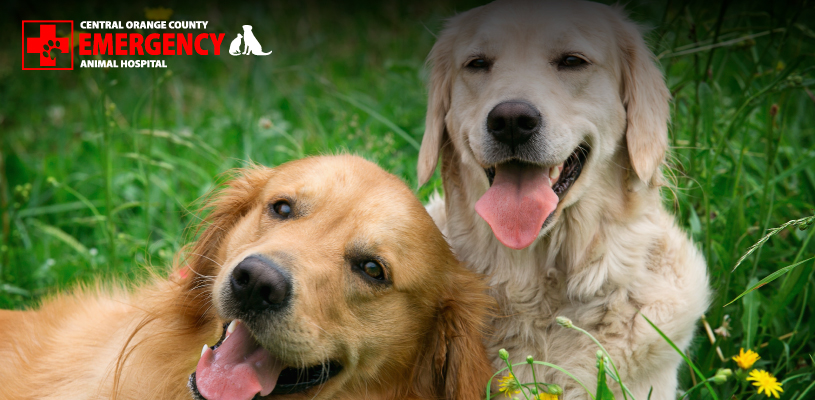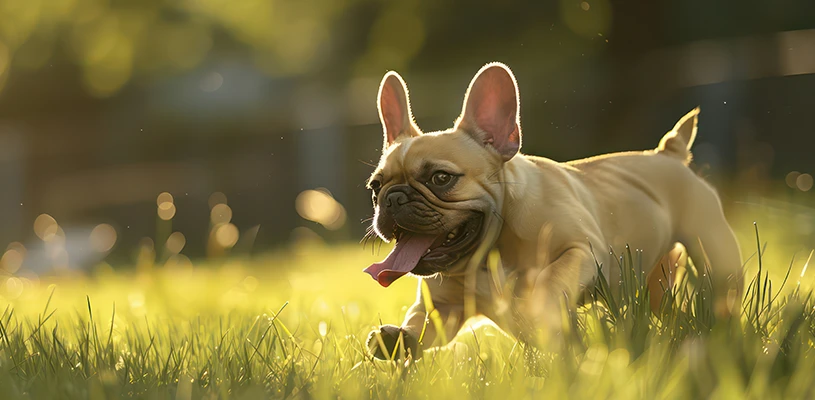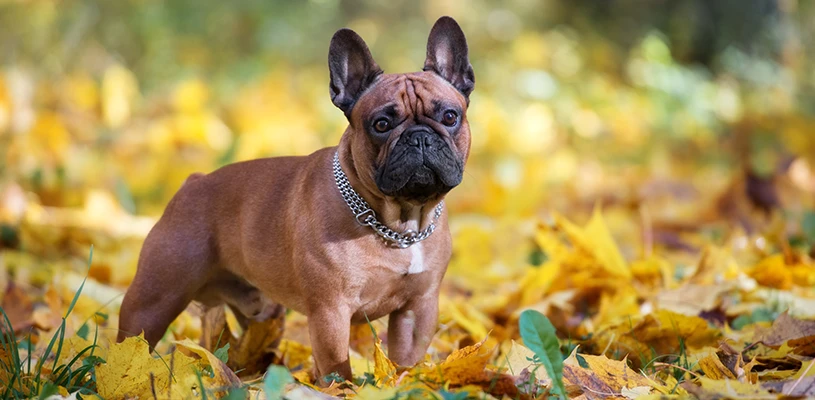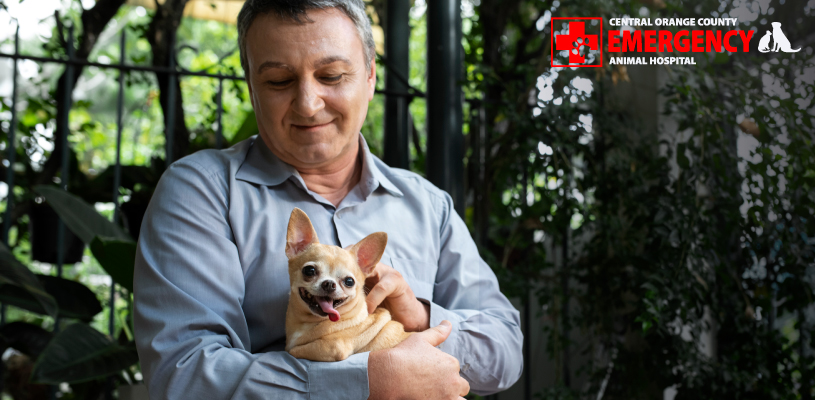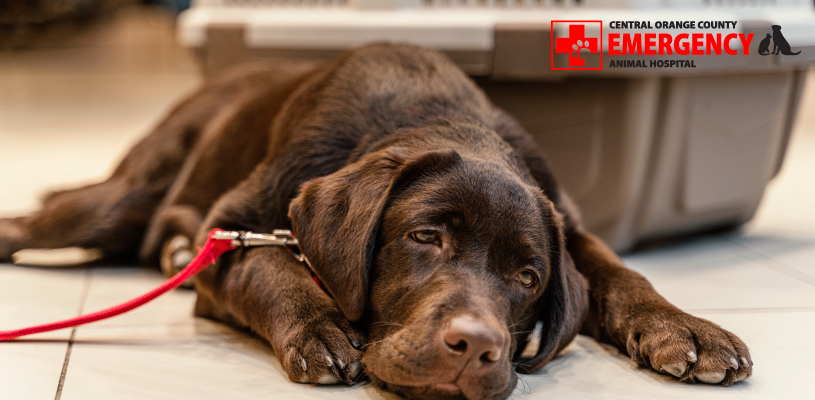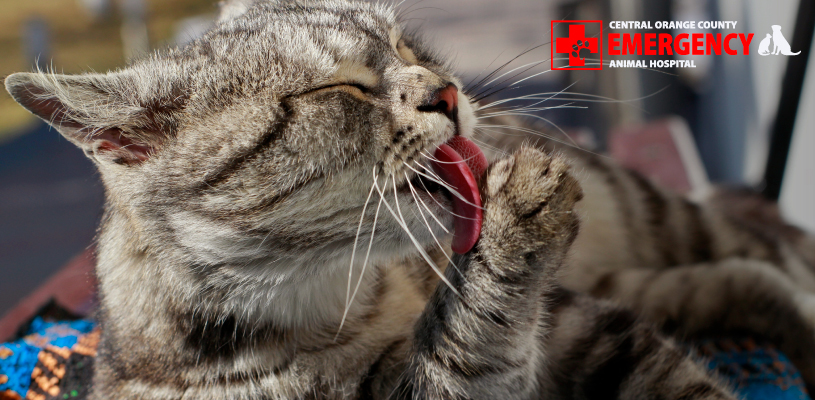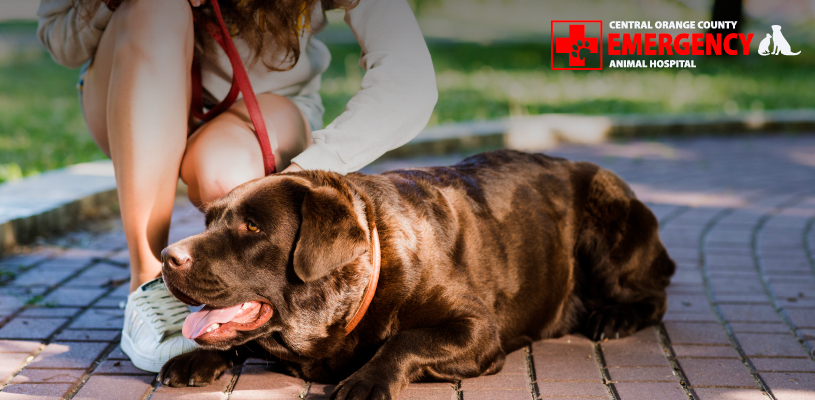Every pet owner does their best to understand their pet’s emotions and needs. We get happy when we see them happy, we get worried when they feel sick, and we do our best to give them the love and attention they deserve. But we are not the only ones who do this. Our pets also do the same! They are constantly trying to decipher our moods and actions to figure out how they should act. Sometimes this effort can result in dogs making similar facial expressions to what humans do, although they might not always have the same meaning.
Are Dogs Really Smiling?
Yes, dogs do smile. Although it’s not the same as our smile, dogs do open their mouths and show their teeth in a friendly manner. A dog’s smile, also known as a submissive grin, involves more than just them showing their smile at us. They usually have some accompanying movements in their body language, such as having their tail lower than usual, relaxed posture, wagging their tail, lowering their stance, squinting their eyes, etc.
As said previously, dogs don’t smile in the same way that humans do. Their smiles have different meanings, for a dog, a smile is a way of stating that they aren’t looking for trouble and just wish to be friends with whomever they are smiling at, dog or human. In a similar fashion to a human smile, a dog’s submissive grin can have a variety of meanings, one of which is positive reinforcement.
Given that humans react positively when dogs do cute movements like smiling at us, they make a relation between their actions and the rewards that humans give them, which can come in various shapes like treats, petting, etc. These rewards that pet owners give encourage dogs to smile for them.
How to Tell if a Dog Is Happy?
To tell if a dog is really happy, we need to first understand that they can’t show as many facial expressions as humans can, so it is important to look at their whole body. Body language is a big factor in determining your dog’s emotions and can be the difference between a friendly relaxed smile and an aggressive one.
If you identify tense muscles, ears pulled back, wide eyes, or a stiff pose on your dog’s smile meaning, beware that they may be a little bit anxious or stressed. If your dog is happy, then it will be much easier to notice it wagging its tail, a relaxed pose, and relaxed eye focus; these are all indicators that your dog is happy. Whenever this is the case, they will most likely make movements to invite you to play with them.
A common question regarding dogs’ expressions is if dogs smile when they are guilty. The short answer is no, they don’t grin happily or sarcastically. It is most likely the submissive grin we mentioned earlier. Given that dogs can read your emotions very well, whenever they notice you are mad, they try to show you that they are not a threat in any way so that you won’t act against them.
Why is My Dog Smiling and Recognizing Facial Expressions?
Yes, dogs do recognize facial expressions; in fact, dogs are very good at it. According to PETMD, dogs can even understand human body language that accompanies different facial expressions such as smiling, frowning, etc.
They figure out that when humans show their teeth, it doesn’t mean harm or danger to them at all. This situation is quite the opposite between dogs unless it’s a submissive grin, which is not as common as you may think.
Given that humans are the providers of everything a dog needs, it makes sense that they developed an attitude toward monitoring our actions and emotions. By acting appropriately in each scenario, they can maximize their rewards. Of course, dogs aren’t only searching for the security of their food, shelter, and water.
If you think that your dog, or any other pet, is acting weird or unexpectedly as of late, give us a call at 949-694-3479. We will do our best to help you understand your pet to the fullest. If you require an appointment with us, you can book one here.
